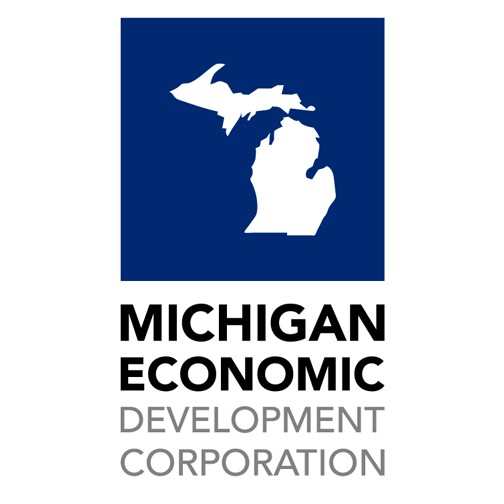DETROIT ARSENAL— The National Advanced Mobility Consortium asked their membership of defense contractors to provide solutions for the United States Army’s ask for three prototypes of each variant in the Common Tactical Truck Family of Vehicles.
The opportunity received multiple entries with American Rheinmetall Vehicles/GM Defense, Mack Defense, Navistar Defense, and Oshkosh Defense receiving the proposal awards. Through NAMC, opportunities for important Army programs, such as CTT, are able to move quickly and deliver much-needed advanced capability.
“NAMC’s specialty is advanced mobility and finding innovative defense companies to create technology that assists the warfighter,” said Warren Sponsler, Senior Director of Strategic Growth at the National Advanced Mobility Consortium (NAMC). “This CTT opportunity was one that our members were able to fulfill due to their unique qualifications and innovation in the defense mobility industry. With our expansive network of members and streamlined processes, we’re proud to serve the Army’s needs.”
NAMC is able to enable robust competition for government technologies and ultimately provide the warfighter with the necessary tools and resources to successfully serve the United States Military. NAMC has assisted in multiple other contracts to support:
- Robotic Combat Vehicle (RCV)
- Rough Terrain Container Handler (RTCH)
- Combat Vehicle Robotics (CoVeR)
- Autonomous Transport Vehicle (ATV)
- Extended Range Cannon Artillery (ERCA)
- Robotic and AI Platoon
- Mobile Protected Firepower (MPF)
- And more.
The Army is asking for contractors to provide three prototypes of each variant in the CTT Family of Vehicles to replace the M915 Line Haul Tractor & M1088 Medium Tractor, Palletized Load System (PLS), and Heavy Expanded Mobility Tactical Truck (HEMTT). The CTT aims to mitigate current gaps in driver safety systems, autonomy, fuel consumption, and predictive maintenance as well as bring an increased level of standardization to the Army’s Tactical Truck fleet.
“The CTT effort brings an increased level of standardization to the Army’s Tactical Truck fleet. This effort is reminiscent of the original Liberty Truck, a heavy-duty truck produced by the United States Army during World War I,” said Program Executive Officer Combat Support & Combat Service Support (PEO CS&CSS) Brig. Gen. Samuel (Luke) Peterson. “It was designed by the Quartermaster Corps with help from the Society of Automotive Engineers in 1917 to help standardize the immense parts catalogue and multiple types of vehicles then in use by the U.S. military. It was the first official standardized motor vehicle adopted and produced by the U.S. military. The CTT program can be viewed as the Liberty Truck of the 21st century as it will similarly seek to streamline the Army’s supply, maintenance, and training requirements.”
The primary goal for CTT is to modernize the Army’s vehicle technologies as well as streamline the Army’s supply, maintenance, and training requirements. This opportunity solicitation opened in June of 2022, with initial proposals due in August. Prototype evaluation is set to begin in early 2024 with a final decision expected in 2026.
“NAMC is dedicated to cultivating a space for our members to work with the Department of Defense and have access to opportunities just like CTT,” said Alissa Roath, Executive Director of the National Advanced Mobility Consortium (NAMC). “We’re proud of our members for stepping up and providing the Army with solutions that will help evolve the mobility of our defense.”
For more information on CTT and NAMC, visit www.NAMConsortium.com and www.army.mil.






